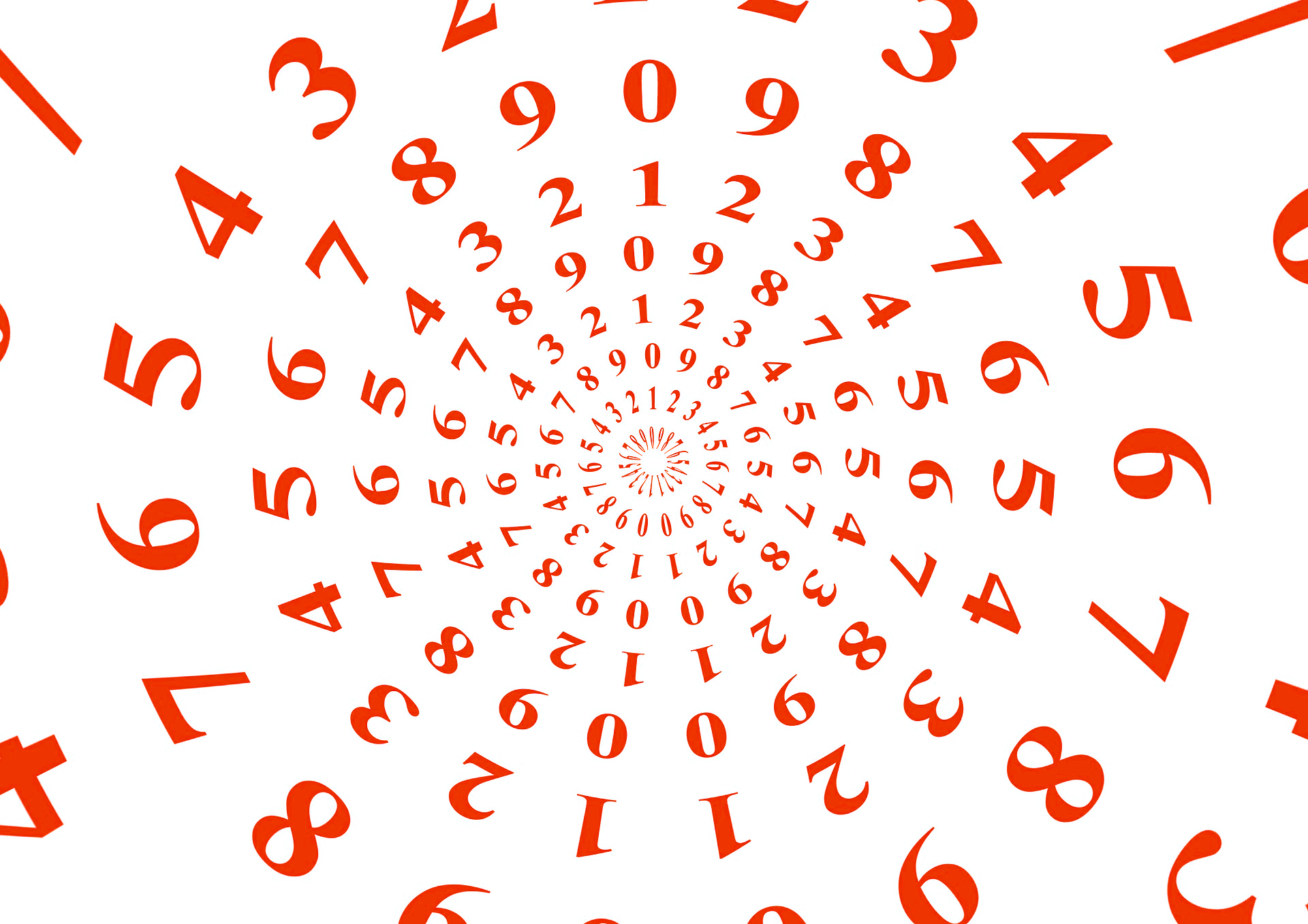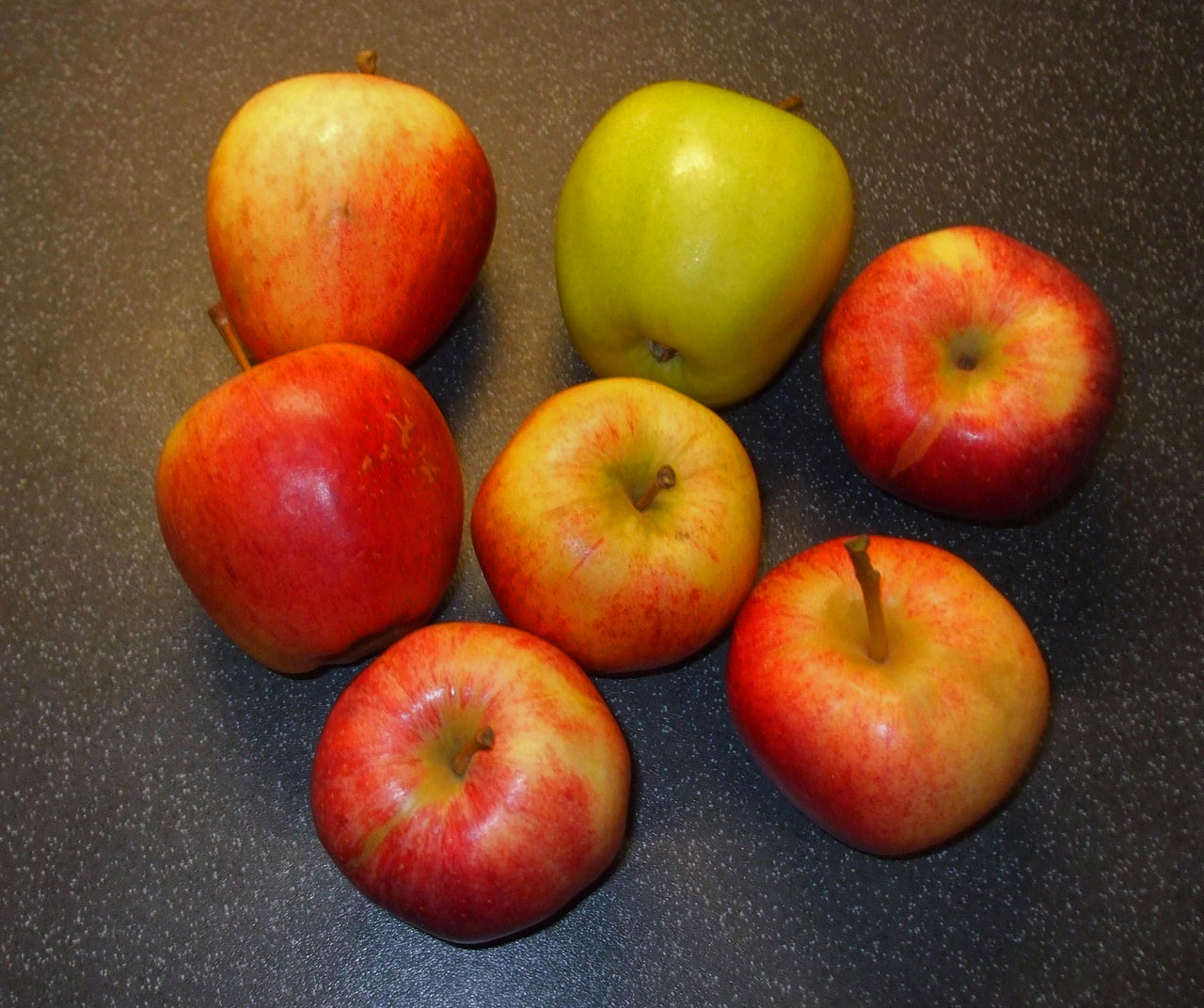1.4.2 - Numbers 0-30
- Due No due date
- Points 0
- Questions 0
- Time Limit None
- Allowed Attempts 2
Instructions
Números 0-30
Numbers 0-30

Numbers are part of everyone's day to day life. Whether you are sharing your phone number, house number, zip code, or simply placing your carry-out pizza order over the phone, you find ourselves using numbers to communicate with others on a daily basis.
This lesson focuses on teaching you the numbers 0-30 in Spanish and will be divided into two parts: Numbers 0-9 and Numbers 10-30.
Cero al Nueve: 0-9
Zero to Nine: 0-9
| 0 |
Cero |
5 | Cinco | |
| 1 |
Uno |
6 | Seis | |
| 2 |
Dos |
7 | Siete | |
| 3 |
Tres |
8 | Ocho | |
| 4 |
Cuatro |
9 | Nueve |
Now listen to the following recording and pay close attention to the pronunciation of the numbers in the table above:
Diez al Treinta: 10-30
Ten to Thirty: 10-30
| 10 |
Diez |
17 | Diecisiete | 24 | Veinticuatro | ||
| 11 |
Once |
18 | Dieciocho | 25 | Veinticinco | ||
| 12 |
Doce |
19 | Diecinueve | 26 | Veintiséis | ||
| 13 | Trece | 20 |
Veinte |
27 | Veintisiete | ||
| 14 |
Catorce |
21 | Veintiuno | 28 | Veintiocho | ||
| 15 |
Quince |
22 | Veintidós | 29 | Veintinueve | ||
| 16 |
Dieciséis |
23 | Veintitrés | 30 | Treinta |
Now listen to the following recording and pay close attention to the pronunciation of the numbers in the table above:
¿Cuántos hay?
How many are there?
To ask "How many cars are there?" or any questions similar to this, that are answered with numbers, you must know how to properly use the following words:
¿Cuántos... - How many
...autos... - cars
...hay? - are there?
To answer the questions, simply reformulate the question using HAY:
Hay... - There are
...cuatro... - four
...autos. - cars.
We will look at formulating questions in more detail in future lessons, but for now simply memorize this question format to answer questions like the one below:
Question: ¿Cuántas manzanas (apples) hay?

Answer: Hay siete manzanas.
Uno - Género
One - Gender
You may recall from previous lessons that articles and colors need to match the gender of the noun, whether it is masculine or feminine. The same concept applies to the number ONE.
If the noun is masculine: UNO
If the noun is feminine: UNA
Example:
If there is one boy and one girl in a picture:
Question 1: ¿Cuántos niños hay?
Answer: Hay uno. (There is one.)
OR
Answer: Hay un niño. * (There is a boy.)
Question 1: ¿Cuántas niñas hay?
Answer: Hay una. (There is one.)
OR
Answer: Hay una niña. (There is a girl.)
Notice in the first example with "niño" that when you use only a number, such as "There is one," it translates into "Hay uno." However, if a masculine noun follows the number, then UNO becomes UN: "There is one car" = "Hay un auto."
Make sure you understand when to use Uno and when to use Un.
Now complete the quiz below. Note that in preparation for this quiz, you need to understand how to say as well as write out the numbers 0-30.
NOTE: Sample quiz questions are not available in this preview course.